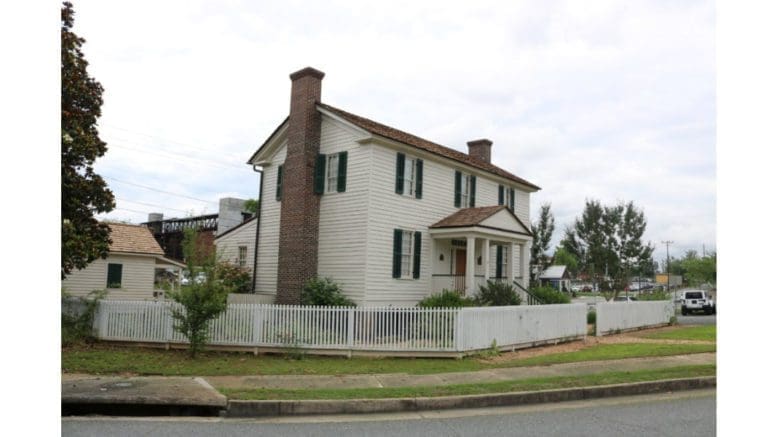The William Root House and Museum has a special feature for the summer months, especially relevant in light of the scorching heat we’ve experienced over the past few weeks.
In the days before widespread air conditioning, southerners used a number of clever techniques to avoid roasting during the hot months. The William Root House focuses on highlighting 19th-century home life, so the theme for the summer is keeping cool.
According to the announcement on the City of Marietta website, “Carpets are rolled up and replaced with bamboo mats to protect floors from dirt and dust.”
“Fireplaces are sealed to keep out birds and unwanted pests.” the announcement continues. “Dark upholstered furniture is adorned with crisp white slipcovers.”
“These and many more tricks help create an airy space designed for summer comfort.”
“Dressed for Summer” is on display through September 28, 2024, and the display is included in the cost of regular museum admission.
The William Root House is located at 80 North Marietta Pkwy NW, Marietta, GA 30060, just around the corner from Marietta Square.
About the William Root House
The William Root House was built in about 1845, and was the home of William Root and his wife Hannah.
William Root was a druggist who was born in Philadelphia. He moved to Marietta in 1839 to open a drug and general store. He married Hannah Simpson a year later, and they built the house at what is now Church and Lemon streets.
It was later moved to face Lemon Street, and was owned by William Root until 1886.
Afterward, it had a series of owners and went into steady decline, and in the 1940s, it was split into apartments.
By the 1980s, the house was in serious disrepair and scheduled for demolition.
A preservation effort began, and in 1989 Cobb Landmarks & Historical Society bought the house and moved it to its current location at 80 North Marietta Pkwy NW, Marietta, GA 30060.
According to promotional materials for the museum, “While the home and grounds have been meticulously restored to their 1860 appearance, interactive electronic displays have been added to tell the story of the Root family and their enslaved house servants.”
